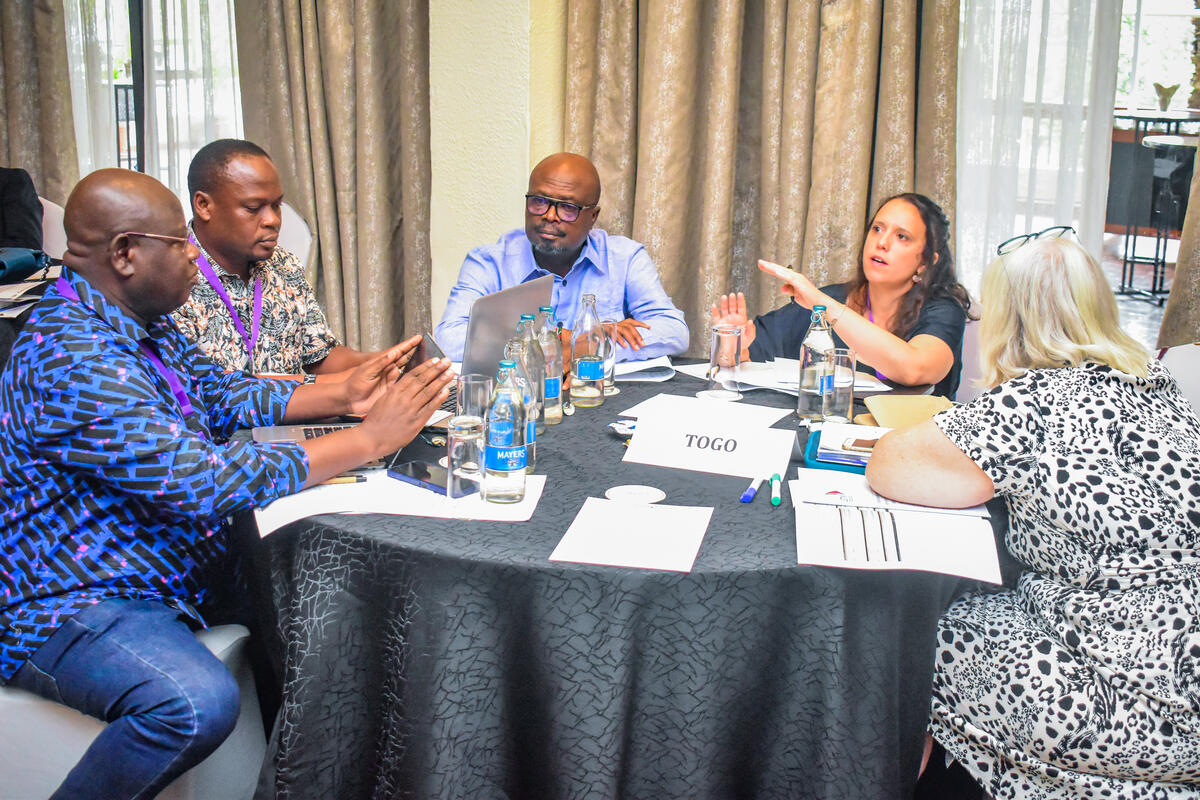
Background
Trend data reveal global progress in reducing maternal and newborn deaths and stillbirths has slowed during the last decade. Gains made between 2000 and 2010 were faster than they have been in the years since 2010 (EPMM and ENAP report 2023). Sub-Saharan Africa, Central and Southern Asia are the regions experiencing the largest numbers of deaths, although across all regions, there is variation regarding the pace at which countries are progressing in their efforts to achieve the global 2030 targets.
Coverage of at least 4 antenatal care contacts (ANC4), having a skilled attendant at birth (SAB) and receiving postnatal care within the first 48 hours after birth (PNC); is critical to help prevent and manage complications that may arise during pregnancy, birth and postnatally, as well as to reduce maternal and newborn morbidity, mortality and stillbirths. Further improvement in MNH outcomes will depend on the ability to address the gap between coverage and quality.
Midwives play a vital role in preventing maternal and newborn deaths and stillbirths. Evidence indicates that investing in midwives facilitates positive birth experiences, improves health outcomes and augments workforce supply (SOWY2021).
LSTM’s Response
With support of Takeda Pharmaceuticals through The Global Fund (TGF) and in-country partners, the Liverpool School of Tropical Medicine, UK has delivered programmes to improve the availability and quality of integrated HIV, TB and Malaria services in ANC and PNC since 2016. This included health facility assessments, set up of the programme, as well as implementation of two packages on ANC-PNC and quality improvement using standards-based audit. This is supported by evidence generation to inform planning and policymaking.
The current programme phase is implemented in the 3 focal countries Nigeria, Kenya and Tanzania (Mainland and Zanzibar). A similar programme is implemented in Togo. This year's Knowledge Management and Learning event was held on 19-21st September, in Nairobi, jointly with the end of programme dissemination for ‘Raising the Barfor Midwifery Education and Training on a Global Scale’ project, funded by Johnson & Johnson and the United Nations Population Fund (UNFPA). This programme is complimentary to the Global Fund programme to improve MNH outcomes through capacity strengthening of midwifery preservice training institutions. The meeting objectives were to showcase the results of the programme, share lessons learned across teams and countries and plan for future years.
The event brought together representatives of MOH and implementing partners, regulatory bodie sand pre-service training institutions. The event provided a platform for the launch of innovative healthcare worker capacity strengthening training packages and the collaborative programme planning for 2024 and beyond.

Key highlights of the event include the acknowledgement that the RH/MNH funding landscape has changed significantly, hence the need to prioritize new donors like foundations in grant making; despite improvements in global coverage of 4 ANC visits: SSA (54%) and Central and Southern Asia (58%), remain far below the 90% global target; MNH quality of care is affected by availability and skills of human resources, functioning equipment, logistics and essential supplies. The programme countries have, nevertheless, made significant progress in institutionalization of quality of care into routine service delivery in ANC and PNC as demonstrated by progress on key M&E indicators.
Key results from the midwifery and medical training education intervention include (i) updated pre-service curricula, integrating the lifesaving EmONC, (ii) strengthened the capacity of over 380 educators on competency-based curricula and (iii) a blended midwifery educator specific CPDProgramme.